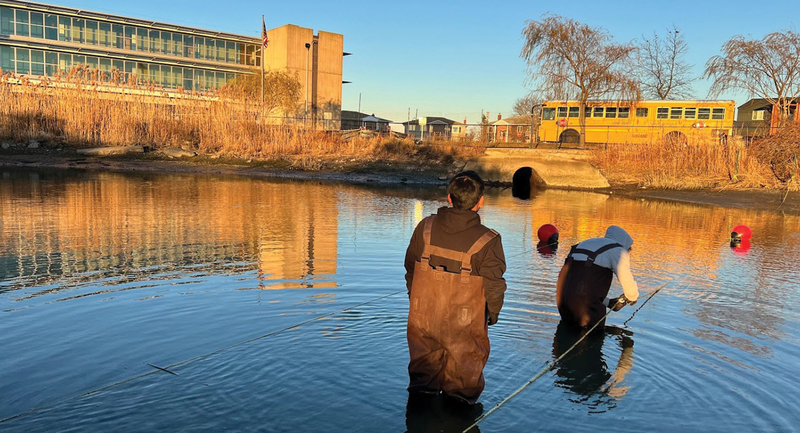As a little girl, I loved to line up my dolls and stuffed animals and play "school." I read books, wrote on my chalkboard, and gave tests to my class. But in my pretend world, the dolls and animals didn't interact with the teacher's plans or have a say in what and how they were learning. The game was all about me!
When I first became a high school English teacher 15 years ago, my classroom wasn't too different from my childhood playroom. I was often in front of the board presenting information. I assigned all students the same projects. I determined creative ways of mixing up instruction—designing posters, writing poetry, and working in groups—by myself, never by student choice. Although I connected with my students personally, I didn't teach them as individuals.
Five years into my teaching career, my district trained a cohort of teachers, including me, in Universal Design for Learning, or UDL. The framework develops flexibility for classroom environments and lessons with the individual learner in mind. UDL transformed my teaching practices and gave my students more voice and choice in the design and delivery of curricula and instruction. Instead of a "one-size-fits-all" lesson, I asked students to share how they learn best and then partnered with them to design a menu of options—whether that meant collaborative group work, independent work, working closely with me, or a combination of strategies.
Once we made the switch, student achievement soared, students reported higher levels of engagement, and parents saw a difference in students' attitudes about learning. Not to mention, the federal Every Students Succeeds Act endorses UDL as best practice. It's time that every teacher incorporates UDL into the classroom. Here's how to do so:
1. Move from content expertise to conversation.
Teachers have often been viewed as content experts who design lessons to transfer knowledge to students, with little feedback and few adjustments. But students are as unique as their fingerprints. Lectures and multiple-choice exams will not prepare them for an engaged future. That kind of instruction assumes students have no input to offer about our teaching and their learning. Starting conversations with students can be as simple as asking them to rate their agreement level with statements like, "My teacher helps us identify our strengths and shows us how to use them to learn." If they don't agree strongly, invite them to share why.
2. Switch from test prep to life prep.
Our job is to prepare students for a future none of us can comprehend. Rather than just meeting a set of standards, they need to master the ability to learn, to be resourceful, to set their own goals, and to stay motivated enough to take the long road to success. Instead of assigning the same novel to the whole class, for example, I encourage students to choose culturally relevant texts that matter to them in a hard copy, e-book, or audiobook format. I want them to know that the human experience captured in literature is wide-ranging and accessible in countless ways.
3. Empower students to take risks.
Students should choose how they express knowledge. For them to do so, teachers must craft an environment where all students have the freedom to take risks. After I assigned an argumentative essay, I told my students to pick a topic and format that truly mattered to them. Some students produced videos, wrote music inspired by artists from Bob Dylan to TuPac, and crafted speeches and persuasive letters. Others started campaigns to convert an old transfer station into a dog park and to bring back the middle school camping trip. Learning was personalized and meaningful, even as students worked toward meeting the same rigorous expectations.
Without UDL, teachers merely deliver knowledge. With UDL, we have a framework of opportunities for students to be curious, self-directed, and passionate. If implemented successfully, UDL will help us to build a more creative world for students' future—one where they have much better outcomes than my dolls ever did.








